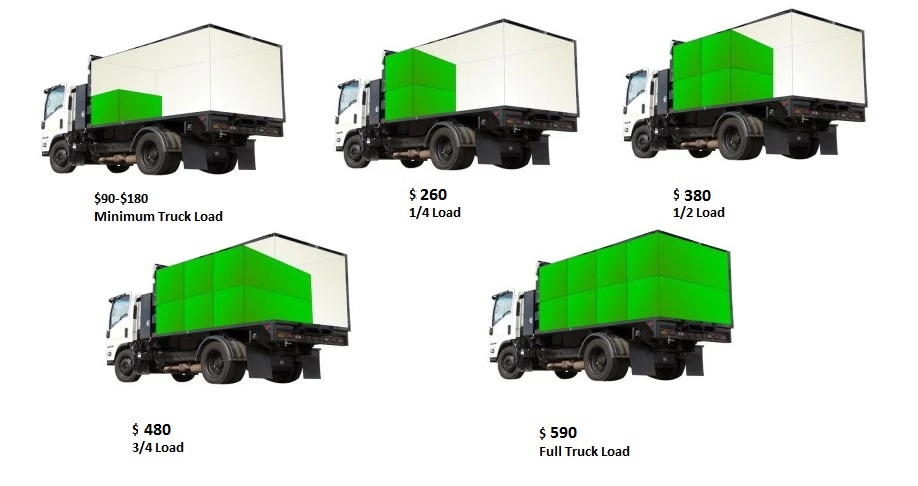Your Comprehensive Overview To Choosing The Correct Dumpster Dimension For Any Kind Of Task
Your Comprehensive Overview To Choosing The Correct Dumpster Dimension For Any Kind Of Task
Blog Article
visit this site -Swain Fisher
When starting a project that needs a dumpster, the size you choose can significantly impact its performance and cost-effectiveness. Picture having the ideal container that suits all your waste without being excessively big or too tiny. It all begins with understanding the nuances of your project and picking a dumpster dimension that straightens with your specific demands. So, before you decide, take into consideration the factors at play to ensure a seamless waste monitoring procedure from start to finish.
Aspects to Think about
When selecting the appropriate dumpster dimension, there are a number of crucial factors to take into consideration.
First, consider the kind of waste you'll be taking care of. Different products may need varying amounts of area, so comprehending what you'll be putting in the dumpster is vital.
Next off, evaluate the amount of waste you expect to generate. If you underestimate the quantity, you might require to make multiple journeys to deal with everything, which can be inconvenient and expensive. On the other hand, renting out a dumpster that's too huge can result in unneeded costs.
Furthermore, consider the space where the dumpster will certainly be put. Make sure there suffices room for the dumpster to be delivered and gotten without any obstructions.
Last but not least, think of any weight limitations that might apply. Exceeding the weight restriction can cause added costs and even the rejection of service.
Dumpster Dimension Alternatives
For picking the ideal dumpster dimension, it's important to have a mutual understanding of the available alternatives. Dumpster sizes normally vary from 10 to 40 cubic yards, with variations in between.
A 10-yard dumpster appropriates for small jobs like a garage cleanout or a tiny restoration. If you're dealing with a medium-sized task such as a cooking area remodel or a basement cleanout, a 20-yard dumpster may be the appropriate option.
For bigger projects like a whole-house remodelling or industrial building and construction, a 30 or 40-yard dumpster could be preferable to suit the quantity of waste created.
When deciding on a dumpster size, think about the amount and kind of particles you anticipate to deal with. It's much better to select a slightly larger dimension if you're uncertain to prevent overfilling. Bear in mind, it's more affordable to lease a dumpster that fits your demands rather than having to buy an additional one.
Matching Dimension to Task
Optimally matching the dumpster size to your job is important for efficient waste management. To figure out the best size, take into consideration the extent and nature of your task.
For small household cleanouts or renovations, a 10-yard dumpster may be adequate. These are generally 12 feet long and can hold about 4 pickup truck lots of waste.
For bigger jobs like remodeling several rooms or removing a huge estate, a 20-yard dumpster might be more suitable. These are around 22 feet long and can hold around 8 pickup truck lots.
If you're taking on a major building and construction project or commercial restoration, a 30-yard dumpster could be the best fit. These dumpsters have to do with 22 feet long and can accommodate regarding 12 pickup loads of particles.
Matching the dumpster size to your task ensures you have enough space for all waste materials without paying too much for unused ability.
Verdict
In conclusion, choosing the appropriate dumpster size for your job is critical for reliable garbage disposal. By taking into consideration factors like the type and amount of waste, room schedule, weight constraints, and budget restraints, you can guarantee you have the ideal dimension dumpster for your demands. See to it to match the dimension of the dumpster to the extent and nature of your project to prevent overspending on unneeded expenditures.
